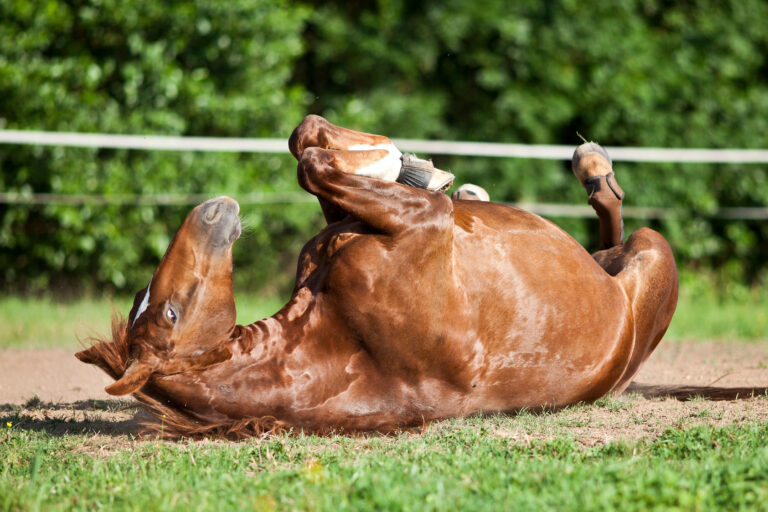The Equine Disease Communication Center (EDCC) offers alerts about equine diseases that have been confirmed by reliable sources. The following information is from the EDCC. The following reports are in chronological order from most recent to oldest from previous reports.
Seven Additional EEE Cases in Wisconsin
Wisconsin has had seven additional confirmed cases of EEE. All of the horses have been euthanized or died on their own. All are nonvaccinates or under vaccinated.
Waupaca County: 8-year-old Quarter Horse mare, not vaccinated; staggering and went down vocalizing with its tongue out. Euthanized 9/21/16.
Langlade County: 11-year-old Quarter Horse mare, not vaccinated this year; became non-ambulatory with a wry neck and was beginning to seizure. Euthanized 9/25/16. ELISA IgM: Positive at 1:400
Monroe County: 2-year-old Quarter Horse mare, either non-vaccinated or under vaccinated; head-pressing, lethargic, ataxic. Euthanized 9/18/16. PCR Positive CT Value 24.4
Chippewa County: 1-year-old under-vaccinated (no vaccine this year) Thoroughbred filly; initially presented 9/24/16, febrile, depressed, lethargic, weak, nystagmus, seizure-like activity; went down 9/26 and died 9/27.
Eau Claire County: 8-year-old under-vaccinated (possibly vaccinated 5 years ago) Miniature Horse mare; presented 9/26/16, wobbly, depressed, decreased appetite, circling to left, twitching, and head pressing; went down late 9/28; euthanized 9/29
Taylor County: 13-year-old unvaccinated Percheron mare; symptoms began 9/23/16 (hind limb weakness, stumbling); went down and was euthanized 9/24/16.
Forest County: Miniature Horse, Vaccination history unknown.
This makes 17 confirmed positive equine EEE cases in Wisconsin this year.
About EDCC
The Equine Disease Communication Center works to protect horses and the horse industry from the threat of infectious diseases in North America. The communication system is designed to seek and report real time information about disease outbreaks similar to how the Centers for Disease Control and Prevention (CDC) alerts the human population about diseases in people.
The goal of the EDCC is to alert the horse industry about disease outbreak information to help mitigate and prevent the spread of disease. Ultimately frequent and accurate information about diseases outbreaks improves horse welfare and helps to prevent negative economic impact that can result from decreased horse use due to a fear of spreading infection. As part of the National Equine Health Plan the EDCC will serve as part of the communication to help educate and promote research about endemic and foreign disease.
Working in cooperation with state animal health officials and the United State Department of Agriculture, the EDCC seeks information about current disease outbreaks from news media, social media, official state reports and veterinary practitioners. Once information is confirmed, it is immediately posted on this website and messages sent to all states and horse organizations by email. Daily updates are posted until each outbreak is contained or deemed no longer a threat.
The EDCC is made possible by generous donations from organizations and horse owners. Please visit our sponsors that have generously supported this program for the benefit of the health and welfare of horses. To learn how you can help go to SUPPORT.




